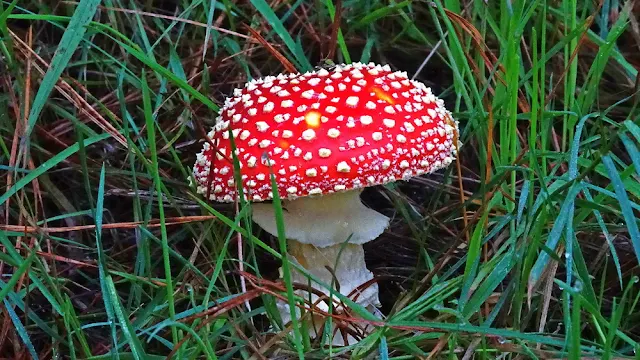Golden Whistler Reserve is what we in the Friends of Drouin’s Trees call the narrow strip of woodland between the Drouin golf course and the Princes Freeway. Access to the reserve is via McGlone Rd.
Currently labelled McGlone Rd Public Purposes Reserve, the FoDT has made a submission for a name change that honours the wonderful Golden Whistlers that are seen there. The FoDT has also been granted some funding to remove weeds, plant suitable understory and install some seats and signs. A nest box monitoring project is also being developed.
The bush is described as Lowland Forest which has a conservation status of ‘vulnerable’ in the Gippsland bioregion.
With the onset of winter, the Golden Whistlers, like many other birds, become way less active and consequently less noticeable. Some birds of course migrate to warmer climes. Others that spend much of their time in the high country consider the lowland bush as warmer at this time of year and so we get to see species such as Flame and Scarlet Robins, Gang-gang Cockatoos, Pied Currawongs and others.
It was a pleasure today to see a Scarlet Robin at Golden Whistler Reserve.
Scarlet Robins prefer eucalypt bush and woodland with an open understory. They generally perch on low branches and scan for prey in the ground litter.
The Scarlet Robin is listed as ‘secure’ in Victoria. Although their numbers can vary from season to season, anecdotally, they appear to be in decline. Various postulations are made for this: climate change, bushfires and fragmentation of habitat among them.
Whatever the reason for the Scarlet Robin numbers to be in decline, it is great that we still have a little of their suitable habitat on the edge of Drouin. The conservation and protection of such areas as ‘McGlone Rd Public Purposes Reserve’ are vital if we wish to preserve biodiversity (and save the planet).

.JPG)




.jpg)